Eat Your Way to Better Eyesight? It’s Not Just About Carrots Anymore.
For a long time now, I’ve been helping people figure out their health through what they eat. Most folks come to me talking about weight or feeling drained, but you’d be surprised how often the conversation turns to their eyes. They’ll mention that fuzzy, tired vision after a long day at work, or a new, scary-sounding term their doctor used, like ‘macular degeneration.’
In this article
And almost every time, they ask, “So, is that thing about carrots saving my eyesight actually true?”
It’s a great question, because it gets right to the point: what you put on your plate has a massive impact on the health of your eyes. The connection is real, and it’s surprisingly scientific. My goal here is to break it all down for you, just like I would if we were chatting over coffee. This isn’t about some miracle cure; it’s about building a solid foundation to protect your vision for the long haul. Good eye health really does start in the kitchen.
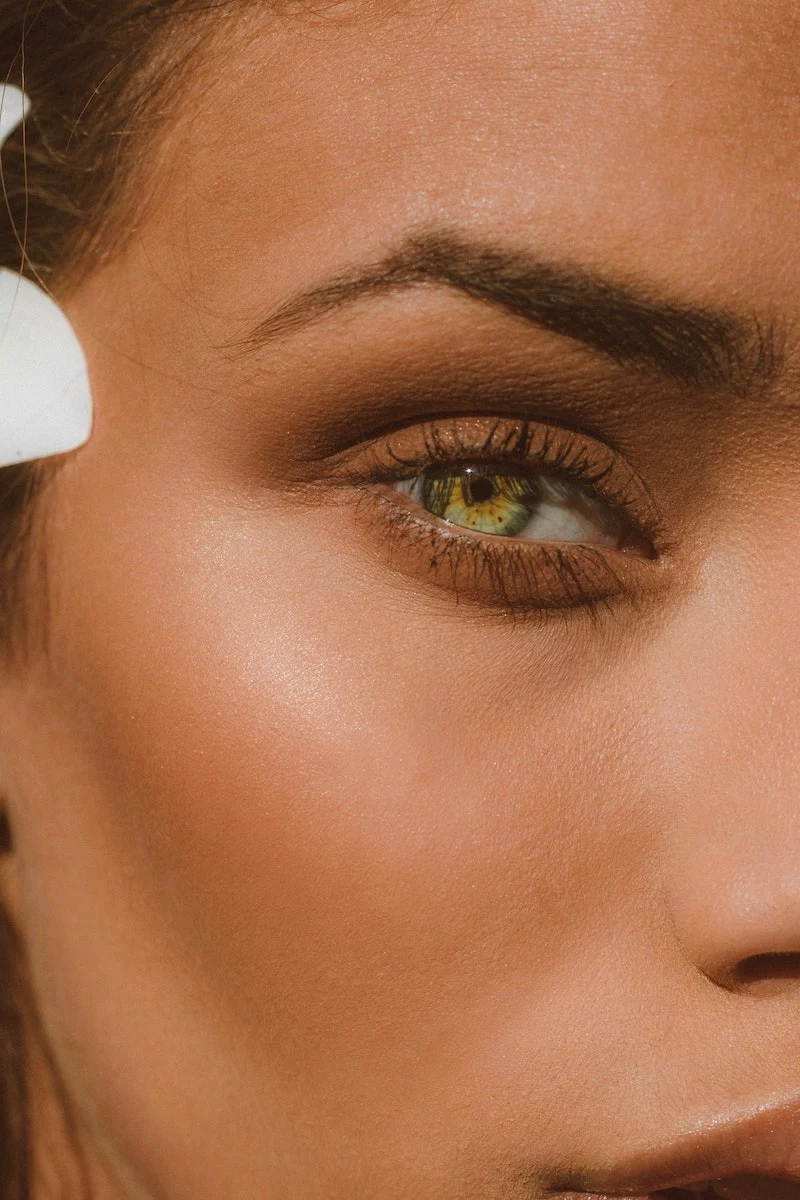
Why Your Eyes Are So Hungry
Before we talk about food, let’s quickly cover why your eyes need it. Think of your eye as a super high-tech digital camera. Every single part has a job, and it needs the right kind of fuel to work properly.
Deep in the back of your eye is a tiny spot called the macula. It’s your high-definition sensor, letting you see faces clearly, read fine print, and drive safely. This part of your eye is a powerhouse, using a ton of oxygen. But this high-energy process creates waste, sort of like cellular rust, that can lead to damage over time. This is a huge factor in age-related macular degeneration (AMD).
Then there’s the lens, which focuses the light. It’s mostly made of protein and water. Over the years, those proteins can start to clump together, making things cloudy. Hello, cataracts. The best defense against this is a steady supply of antioxidants to keep things clear.
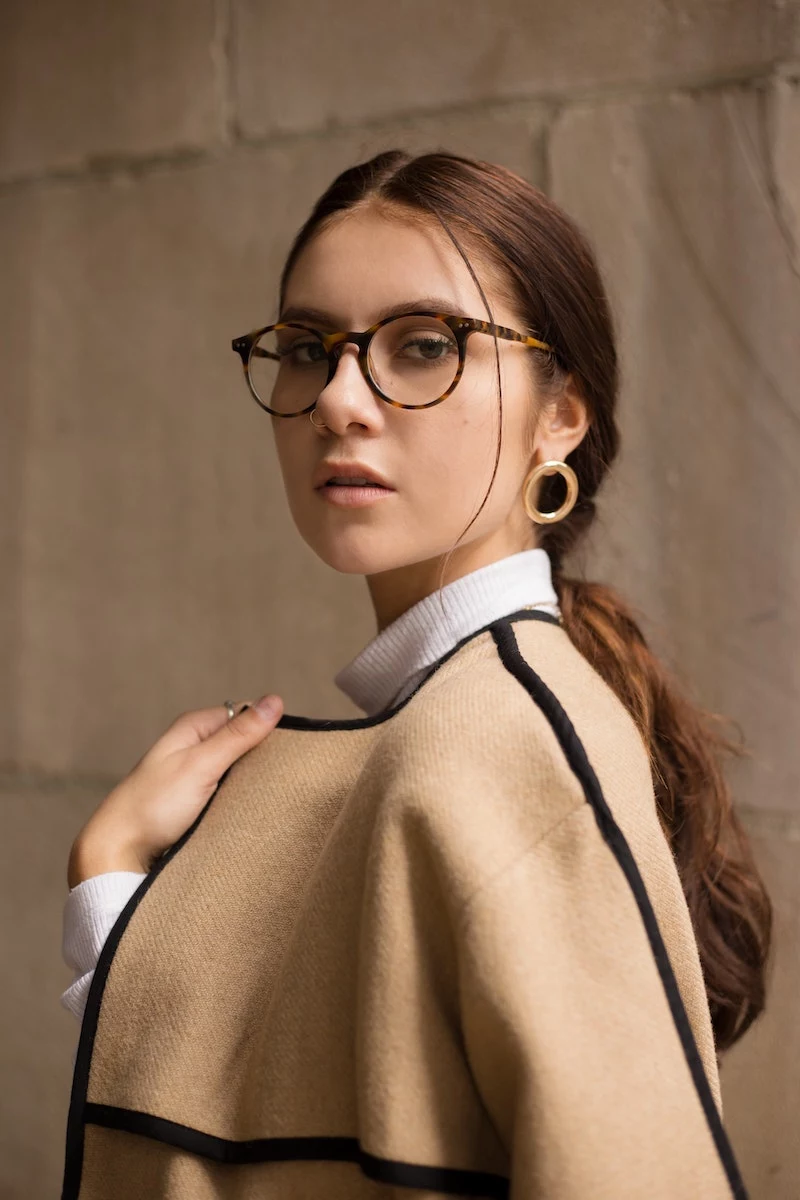
Finally, the optic nerve is the data cable that sends everything your eye sees to your brain. Keeping this nerve healthy requires good blood flow and protection from damage, which is where certain nutrients are absolute heroes.
The Eye Health All-Stars: Your Shopping List
Okay, now for the good stuff—what you actually need to eat. Research, including some massive, landmark studies from the National Eye Institute, has pinpointed a core group of nutrients that are absolutely critical for vision.
Vitamin A & Beta-Carotene: The Classic Night Vision Nutrient
This is the one everyone knows, and for good reason. Vitamin A is crucial for helping you see in dim light. A real deficiency can lead to night blindness, which is exactly what it sounds like.
Your body gets it from animal sources (like eggs and dairy) or by converting beta-carotene from plants. That’s the stuff in carrots, sweet potatoes, and butternut squash.
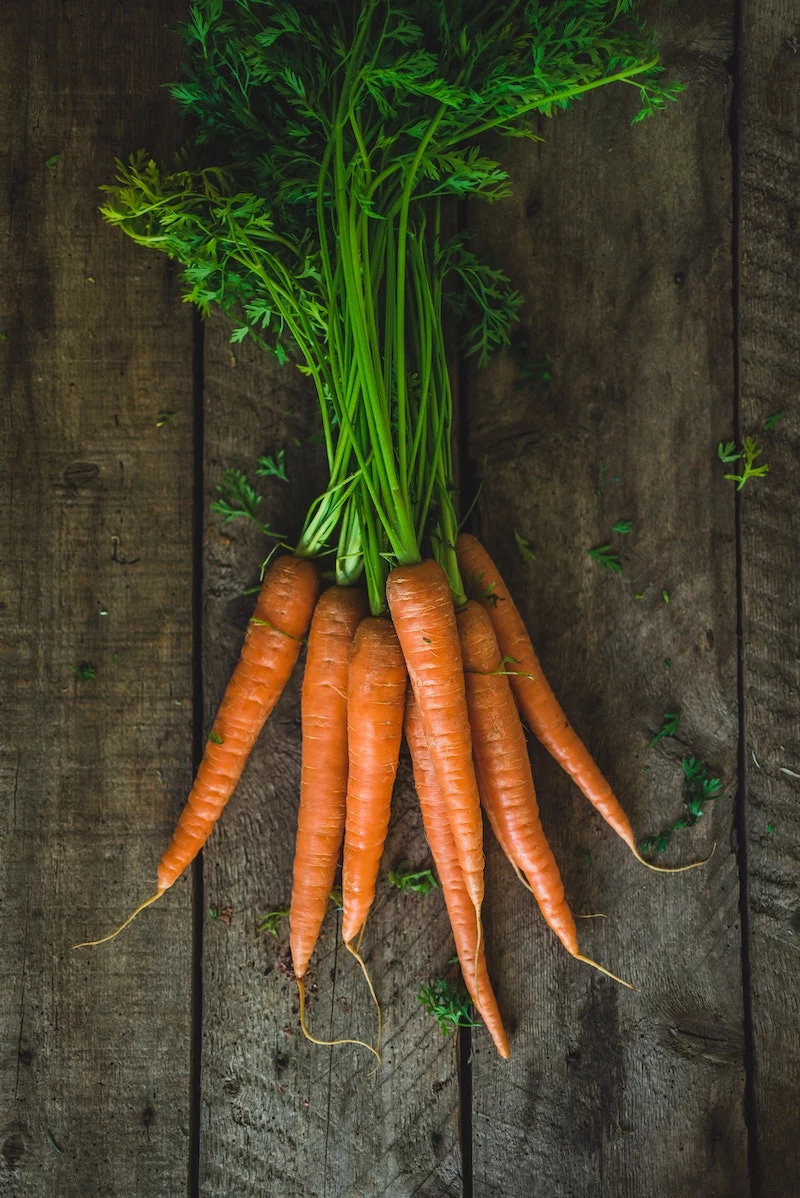
Quick tip: Beta-carotene is fat-soluble. That means your body can’t absorb it well without a little fat. So, when you have that sweet potato, add a pat of butter. Drizzle some olive oil on your carrots. It makes a huge difference in how much good stuff your body actually uses.
Lutein & Zeaxanthin: Your Eyes’ Internal Sunglasses
Honestly, these two are the unsung heroes of eye health. They are powerful antioxidants that your body can’t make, so you have to get them from food. They build up in your macula and act like a shield, filtering out damaging blue light from the sun and all our digital screens.
Leafy greens are the absolute best source. I’m not kidding, one cup of cooked kale packs over 20 mg of lutein! Spinach and collard greens are fantastic, too. Egg yolks and corn are also good sources.
Budget Swap: Fresh organic kale can be pricey. A bag of frozen spinach, which you can get for $2-$3 at almost any grocery store, is just as powerful. Just toss a handful into your smoothies, soups, or omelets. Easy.
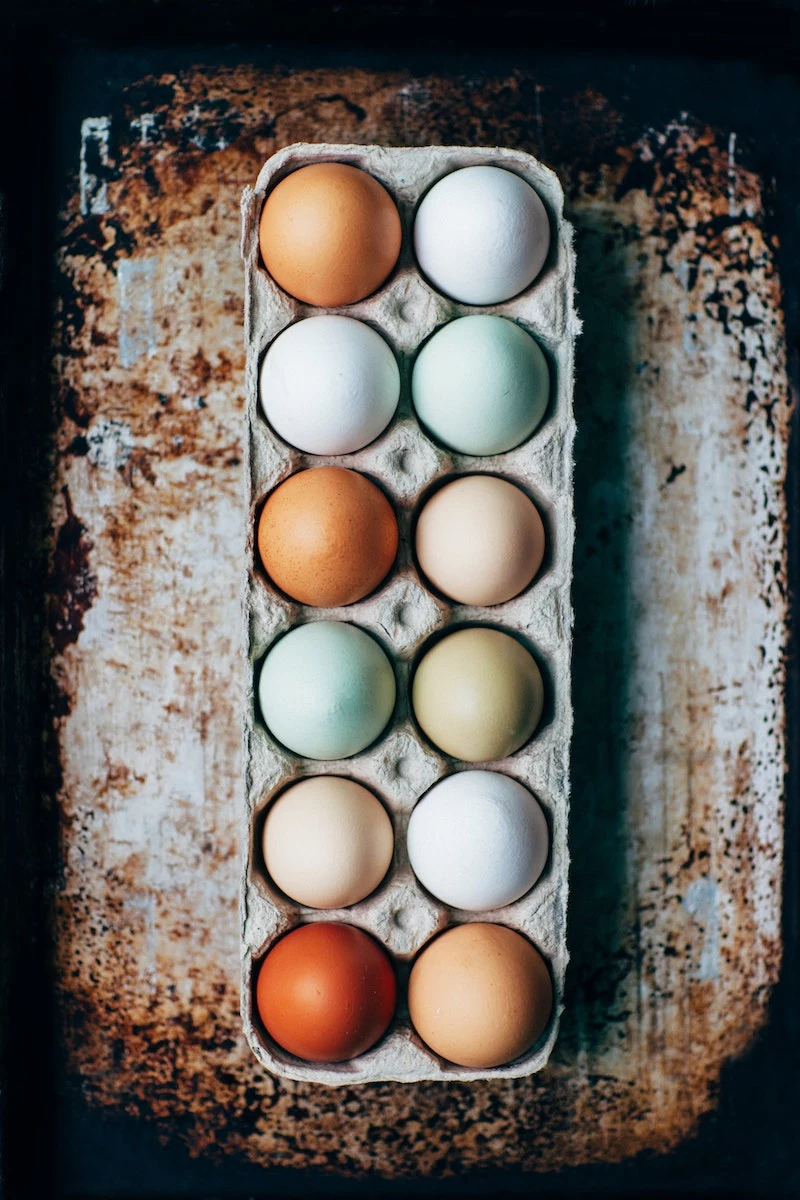
Vitamin C: The Ultimate Protector
Vitamin C is an antioxidant that helps protect the lens of your eye from the ‘rusting’ process that can lead to cataracts. It’s also vital for building collagen, the protein that provides the physical structure for your cornea.
Forget the orange juice hype for a second. Did you know a single red bell pepper can have almost three times the Vitamin C of an orange? We’re talking over 150mg! Broccoli, strawberries, and kiwi are also loaded with it.
Heads up! Vitamin C is sensitive to heat and water. To get the most bang for your buck, lightly steam your veggies instead of boiling them, or better yet, eat them raw. A crunchy bell pepper snack is perfect.
Vitamin E: The Cell Guardian
Think of Vitamin E as the bodyguard for your cell membranes. The retina in your eye is packed with fatty acids, and Vitamin E protects them from getting damaged. It works as part of a team with Vitamin C and other antioxidants.
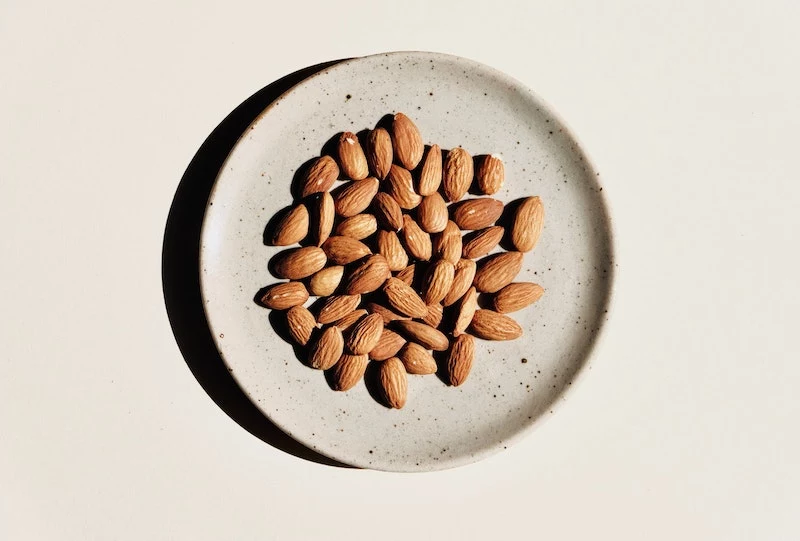
My go-to sources are nuts and seeds. Almonds are great, but sunflower seeds are a fantastic and affordable alternative, often selling for just a few dollars a bag. Avocados and spinach also provide a nice dose.
A word of caution: High-dose Vitamin E supplements can act as a blood thinner. If you’re taking any anticoagulant meds, you absolutely must talk to your doctor before even thinking about a supplement. For most of us, getting it from food is the safest and best route.
Omega-3 Fatty Acids: More Than Just Brain Food
The omega-3s, especially one called DHA, are a major structural part of your retina. They’re also incredible anti-inflammatories. This is a big deal for anyone suffering from Dry Eye Disease, which is often caused by inflammation.
Fatty fish like salmon, mackerel, and herring are the champions here.
“But I hate fish!” I hear you. If you can’t stand fish, a high-quality fish oil supplement might be a good idea. Look for one in a triglyceride form (it absorbs better) that has been tested for mercury. A month’s supply usually costs between $20 and $40. Alternatively, you can get some omega-3s from plant sources like flaxseeds, chia seeds, and walnuts, though your body has to work harder to convert them.
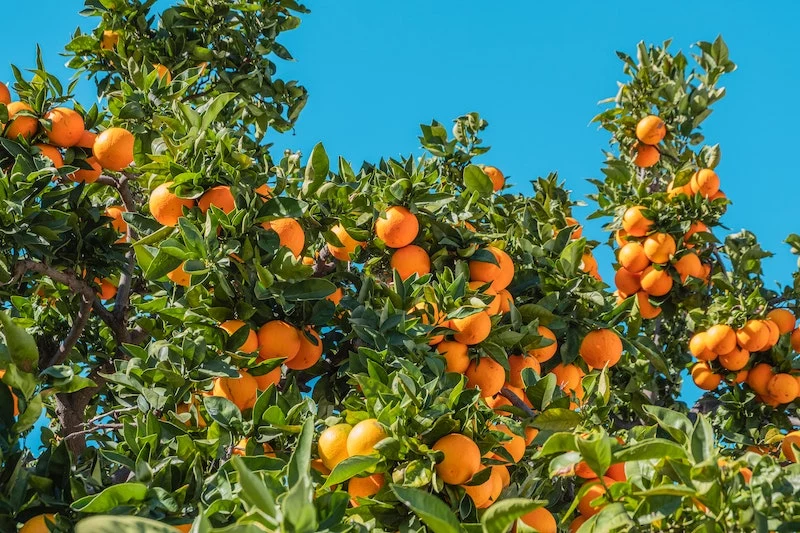
Budget Swap: A fresh salmon fillet can set you back. Canned sardines or canned light tuna are amazing, budget-friendly options that are still packed with omega-3s.
Zinc & Copper: The Essential Helper Duo
Zinc is a workhorse. It helps transport Vitamin A to your retina and is involved in producing a protective pigment in your eyes. Oysters are the number one source by a mile, but more realistically, you can get plenty from beef, lentils, and pumpkin seeds.
Here’s a crucial bit of info: taking high-dose zinc supplements can mess with your body’s ability to absorb copper. That’s why the big clinical trials added copper to their eye health formulas. So, if you ever take a zinc supplement for your eyes, make sure it has copper in it. It’s a non-negotiable safety check.
From a List to a Lifestyle: Making it Happen
Okay, that’s a lot of info. But please don’t start obsessively tracking every milligram. The real goal is to build a colorful, diverse plate. A vibrant meal is a nutrient-dense meal.
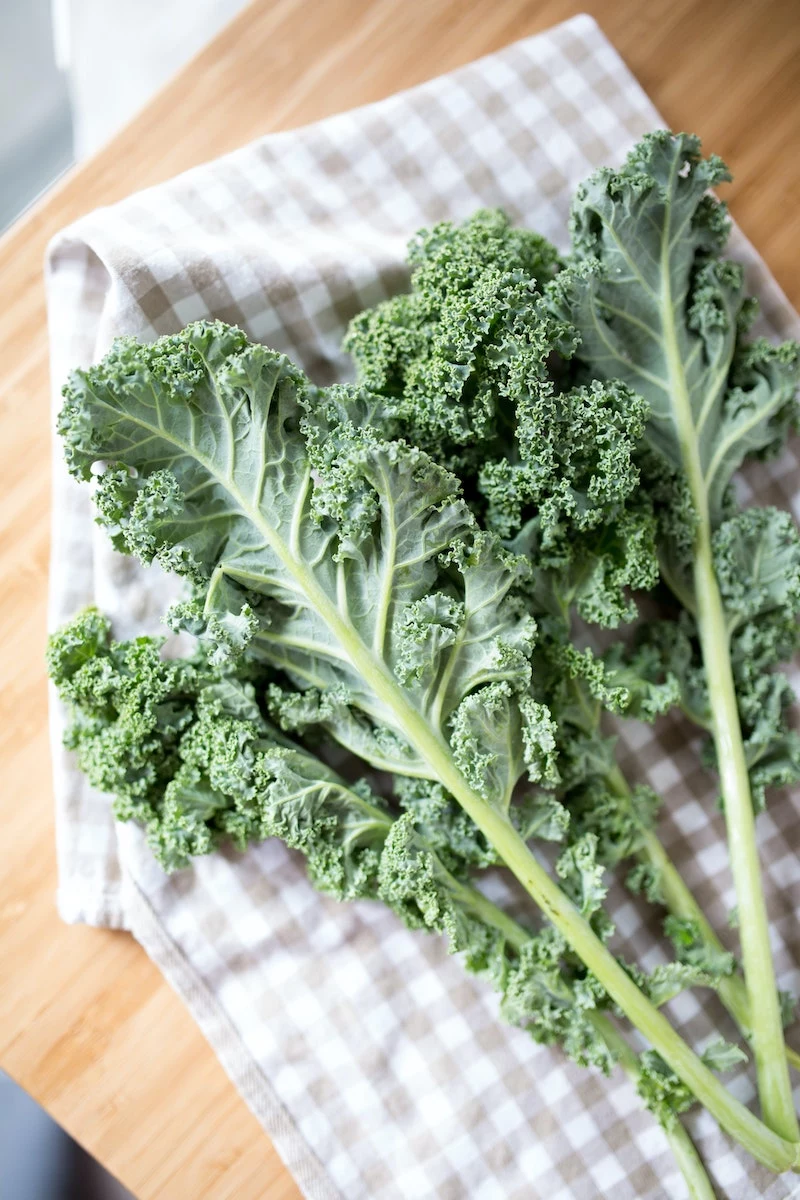
Here’s what that might look like:
- Breakfast: A two-egg omelet loaded with a giant handful of frozen spinach. Serve with a side of orange slices. You’re getting lutein, zeaxanthin, and Vitamin C right off the bat.
- Lunch: A big salad with whatever greens you have, topped with grilled chicken or, even better, a can of sardines. Toss in some chickpeas and a handful of walnuts. Dress it with a simple olive oil vinaigrette. This covers your omega-3s, zinc, and Vitamin E. (On a budget? A three-bean salad is a great zinc-and-protein-packed alternative!)
- Snack: Sliced red bell pepper with some hummus. Tons of Vitamin C and a bit of zinc.
- Dinner: A hearty lentil stew with carrots, sweet potatoes, and kale. This is a powerhouse of zinc, B vitamins, beta-carotene, and lutein, and it’s incredibly cheap to make.
What About Supplements? A Reality Check
I’m a “food first” person, always. A pill can’t replicate the thousands of beneficial compounds working together in a whole food. However, sometimes supplements are the right call.
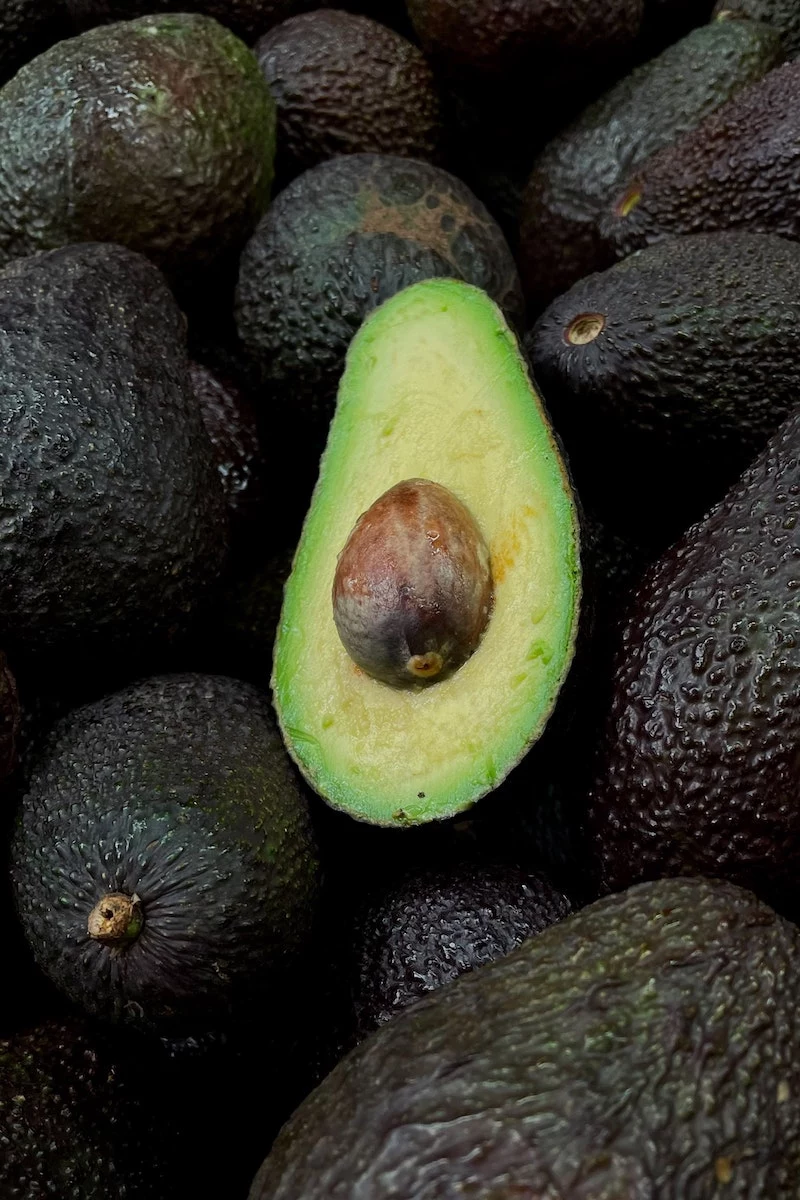
If your eye doctor has diagnosed you with intermediate AMD, they will likely recommend a specific eye-health formula based on major clinical trials. The therapeutic doses of nutrients needed are just too hard to get from food alone. For others on restrictive diets (like vegans who might need B12) or those with poor absorption, a targeted supplement can be a lifesaver.
If you do buy a supplement, please look for a third-party seal like USP or NSF on the bottle. This is an independent verification that what’s on the label is actually in the pill.
Quick Wins: 3 Things You Can Do TODAY
Feeling overwhelmed? Don’t be. Here’s how to start right now:
- Swap your usual snack. Instead of chips or cookies, grab a handful of almonds or an orange.
- Sneak in some greens. Add a big handful of pre-washed spinach or kale to whatever you’re having for dinner—pasta sauce, soup, a stir-fry. It’ll wilt down to almost nothing, and you’ll barely notice it.
- Drink a glass of water. Seriously! Hydration is key for overall eye health and can help a lot with dry eye. It’s free and it works.
Building a diet that protects your vision is a marathon, not a sprint. It’s about the small, consistent choices that add up over a lifetime. It’s choosing the colorful salad, snacking on nuts, and remembering that every healthy choice is a powerful investment in a future of clear, vibrant sight.
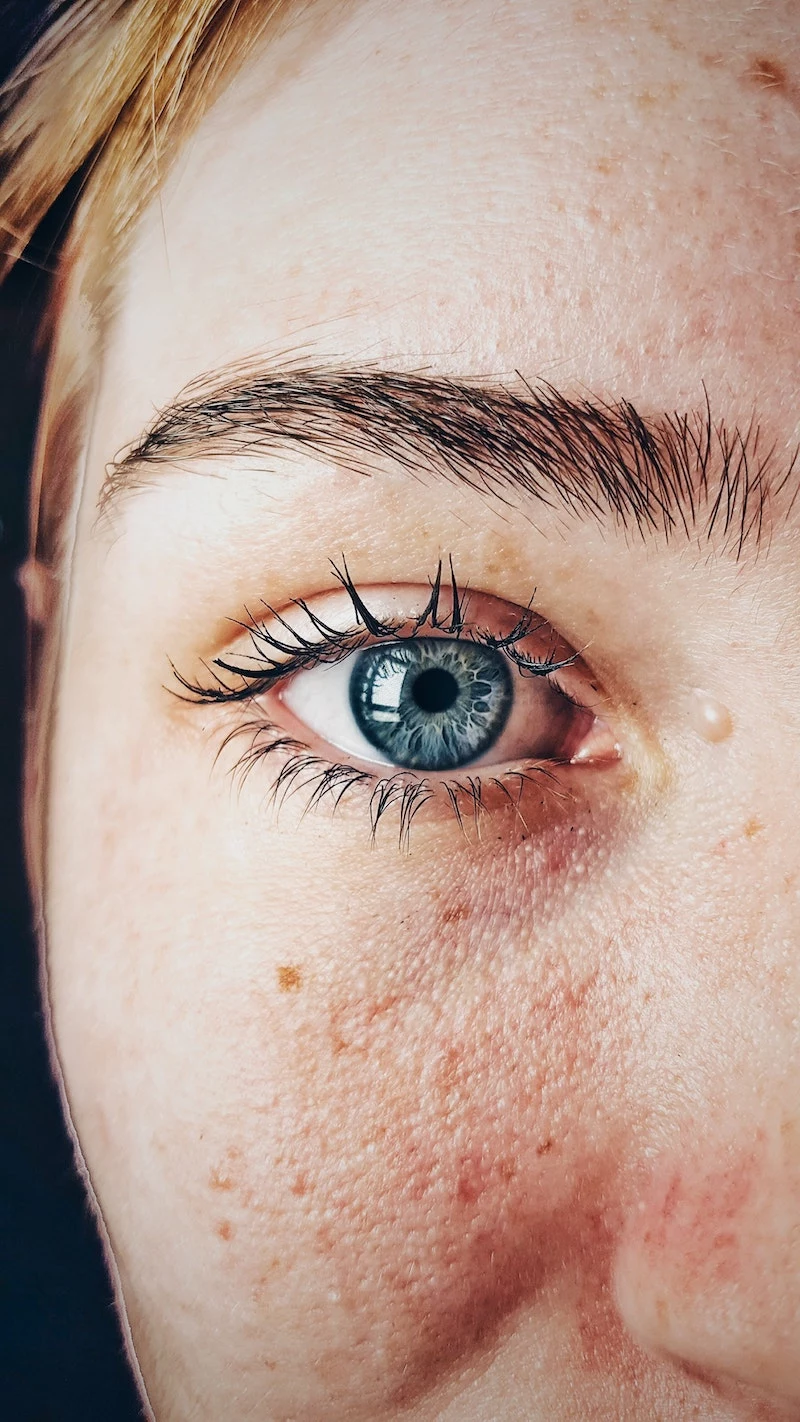
Inspirational Gallery
According to the National Eye Institute, lutein and zeaxanthin are two critical carotenoids found in the macula that may help filter harmful high-energy blue wavelengths of light.
Think of them as internal sunglasses for your retina. You can’t see them, but they’re constantly at work protecting your most sensitive visual cells from damage caused by sunlight and screens. This is why a diet rich in leafy greens like kale and spinach, which are packed with these two nutrients, is more than just a healthy habit—it’s a long-term defense strategy for your vision.
Can how I cook my vegetables really make a difference?
Absolutely. Over-boiling can cause water-soluble vitamins, like Vitamin C (crucial for protecting the lens from oxidative damage), to leach out into the water. For delicate greens, a light steam or a quick sauté in a healthy fat like olive oil is far better. The oil not only preserves nutrients but actually helps your body absorb fat-soluble antioxidants like lutein and zeaxanthin more effectively.
Whole Foods: Getting your nutrients from a colorful plate of food provides a complex package of vitamins, minerals, fiber, and phytonutrients that work together. A cup of raw kale gives you a massive dose of lutein and zeaxanthin.
Supplements: Formulations like Bausch + Lomb’s PreserVision AREDS 2 are based on major clinical studies and provide a highly concentrated, specific dose of key nutrients. This can be vital for individuals with a high risk or diagnosis of AMD.
For most people, food first is the best approach, with supplements acting as a targeted boost where needed.
Don’t underestimate the power of your spice rack. Turmeric, containing the active compound curcumin, is a potent anti-inflammatory that can support overall vascular health, which is critical for the tiny blood vessels that supply the retina. A sprinkle in your smoothie or curry not only adds flavor but also contributes to protecting your eye’s delicate plumbing.
- Supports the transportation of Vitamin A from the liver to the retina.
- Plays a key role in producing melanin, a protective pigment in the eyes.
- Highly concentrated in the retina and the tissue underneath it.
The secret? It’s the essential mineral Zinc. Found abundantly in oysters, beef, pumpkin seeds, and lentils, it’s a true unsung hero of eye health, acting as a helper molecule for many of your eye’s most vital functions.
A 2019 study in the journal Nutrients found a direct link between adherence to a Mediterranean diet and a lower risk of developing late-stage AMD.
A simple rule for your plate: Eat the rainbow, but don’t forget the sunset. The deep reds, purples, and blues found in berries, pomegranates, and even red cabbage are packed with anthocyanins. These powerful antioxidants are fantastic for strengthening the capillaries that feed your retina and may even enhance night vision.
Protecting your vision doesn’t have to be expensive. Some of the most potent eye-healthy foods are also the most budget-friendly.
- Eggs: The yolk is a prime, highly bioavailable source of both lutein and zeaxanthin.
- Canned Sardines or Salmon: A cheap and easy way to get a huge dose of anti-inflammatory Omega-3 fatty acids.
- Frozen Berries: Just as nutritious as fresh, perfect for smoothies that support vascular health in the eye.
- Legumes: Lentils and chickpeas are excellent sources of zinc and bioflavonoids.
While your diet builds your eyes’ defenses from the inside, give them a break from the outside, too. Practice the 20-20-20 rule during long screen sessions: every 20 minutes, look at something 20 feet away for at least 20 seconds. This simple habit relaxes your eye’s focusing muscles, reducing the digital strain that can lead to dryness and fatigue.










